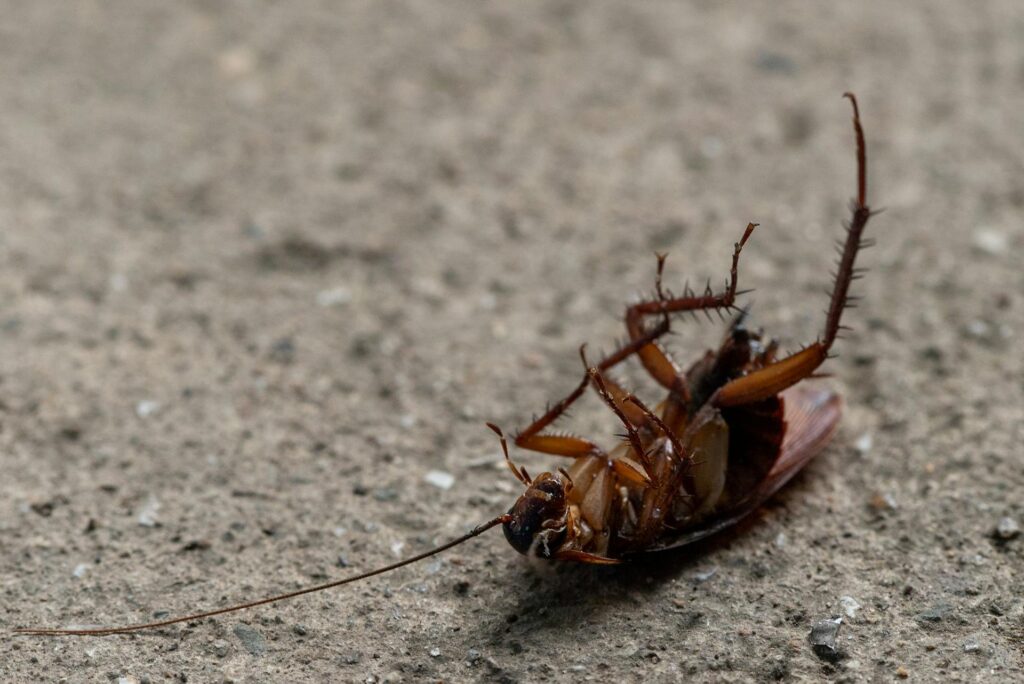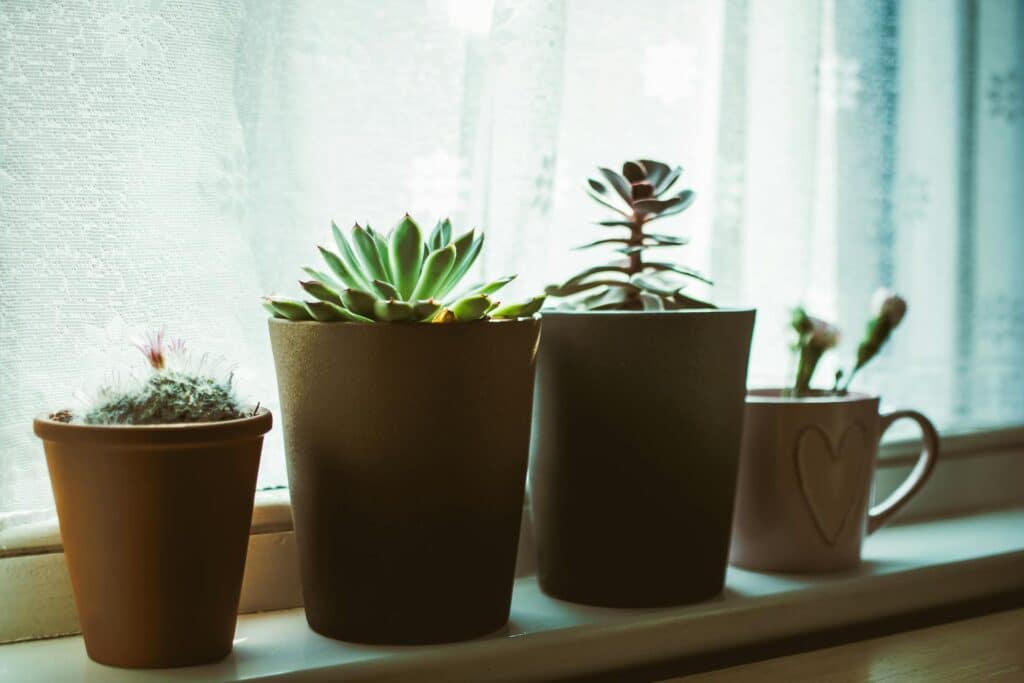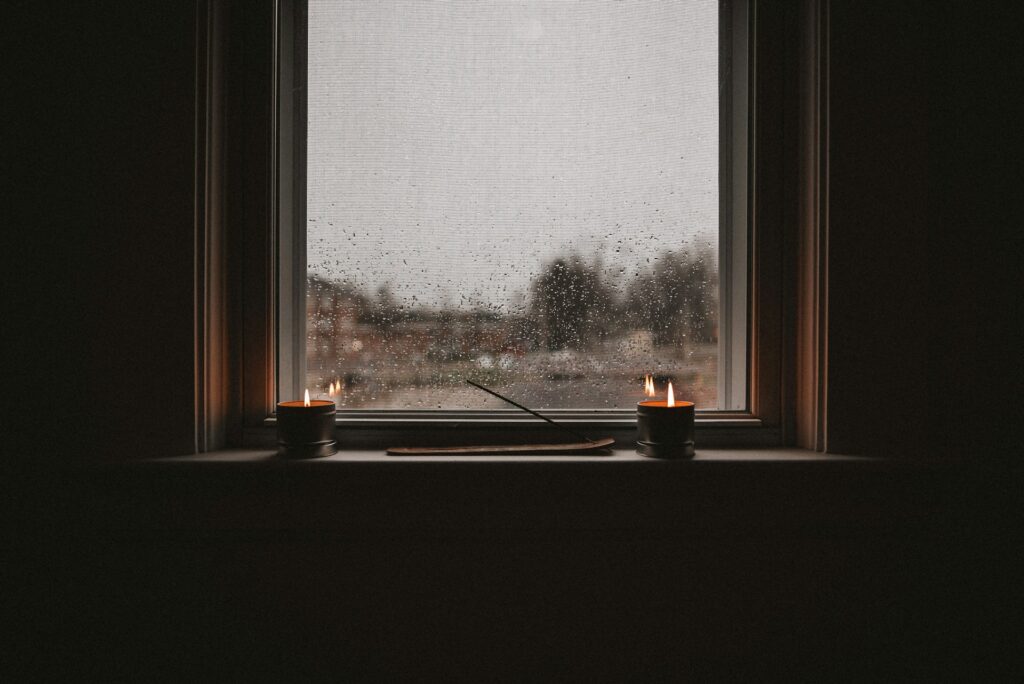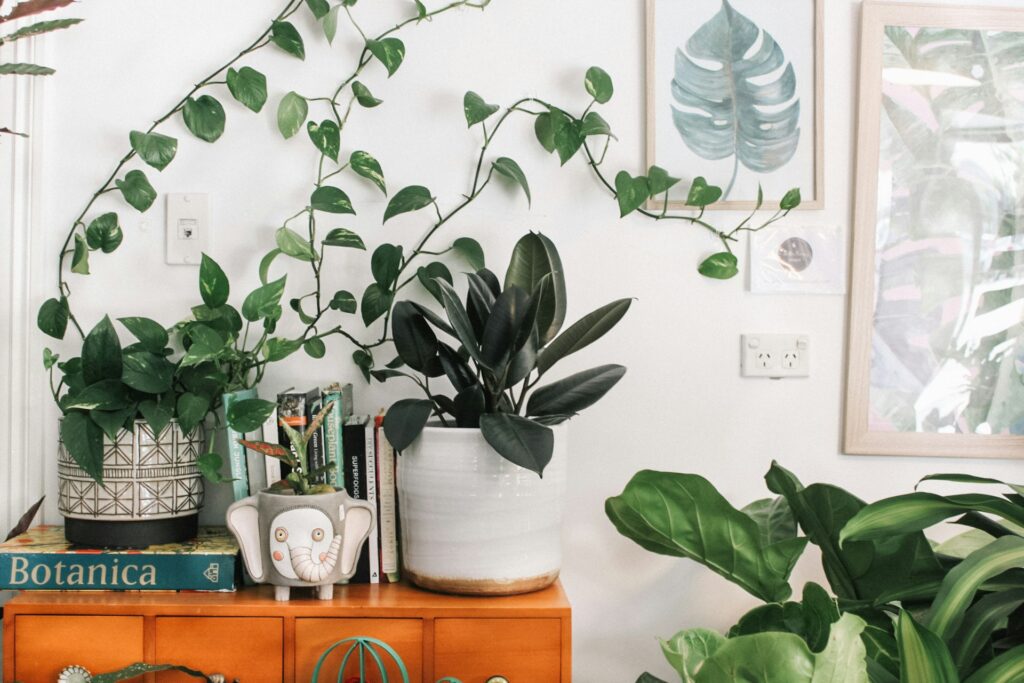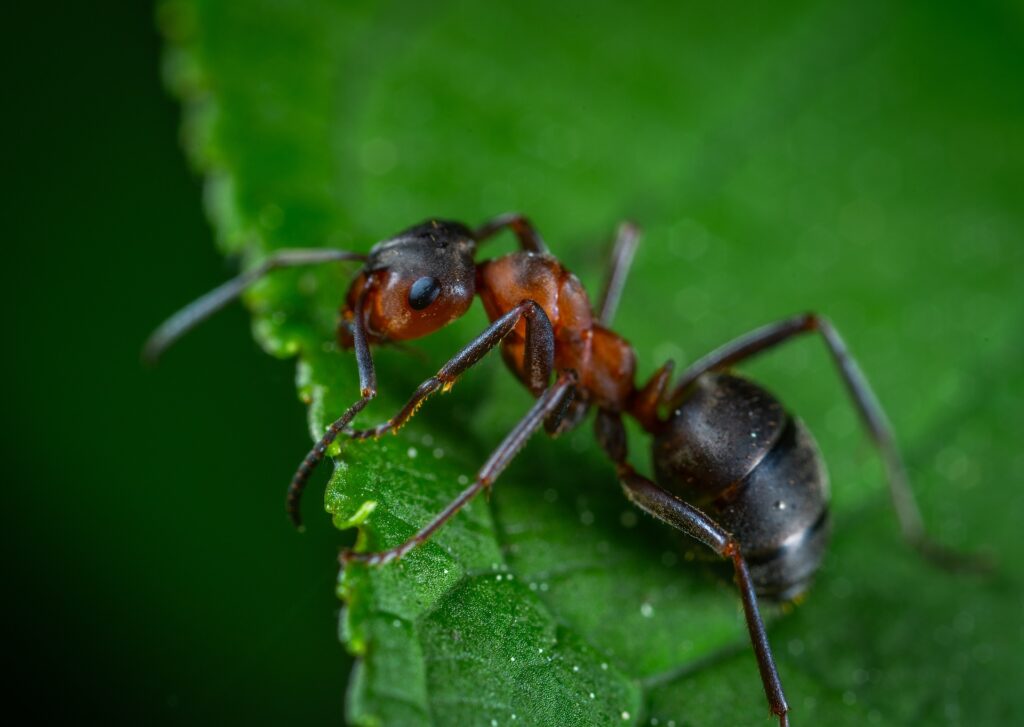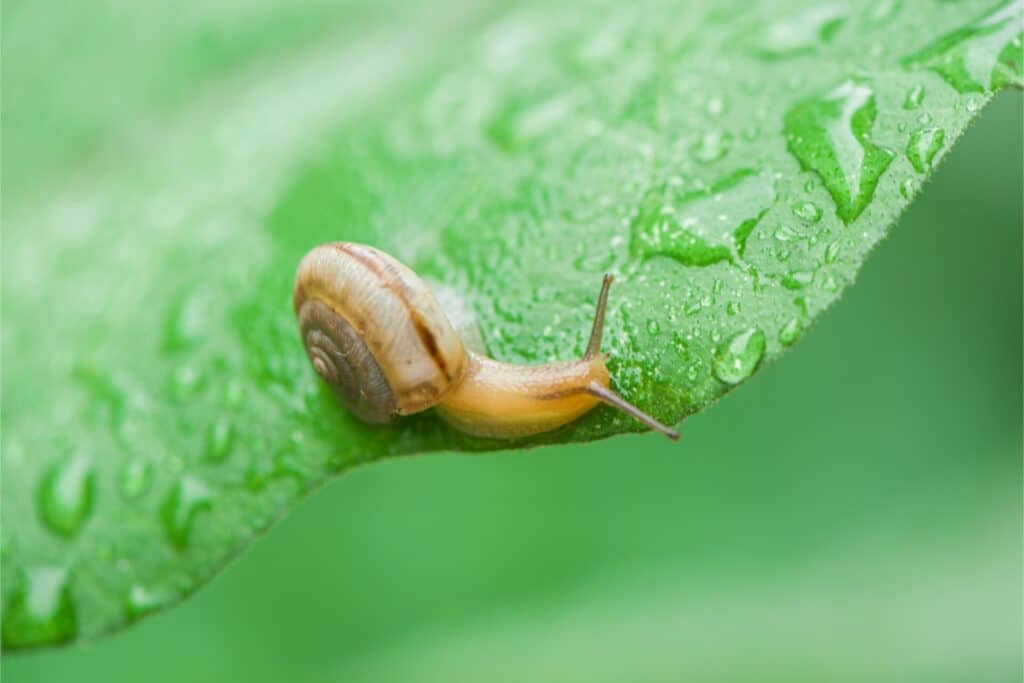If you’ve ever walked outside after a rainy day, you’ve likely noticed the silvery, shimmering paths left behind by snails and slugs. These glistening trails are a fascinating aspect of snail biology and serve several crucial functions for these slow-moving mollusks. The slime trail is not just a side effect of movement but an essential adaptation that helps snails navigate their environment, find mates, and even protect themselves from predators.
What are slime trails?
Slime trails are made of mucus, a complex mixture of proteins, sugars, and water that snails secrete from a specialized gland in their foot. This mucus serves multiple essential functions for snails. Primarily, it acts as a lubricant that allows them to glide smoothly over various surfaces, including rough or sharp ones that might otherwise damage their soft bodies.
The slime also creates a protective barrier between the snail and the ground, helping to shield them from harmful substances. Additionally, the mucus contains pheromones that serve as chemical signals to other snails, potentially helping them locate mates or avoid competitors. When fresh, snail slime is remarkably adhesive yet slippery, allowing snails to climb vertical surfaces and even travel upside down.
Are the slime trails snails leave dangerous?
Snail slime trails are generally harmless to humans and pets. The mucus itself isn’t toxic or dangerous to touch and will simply dry out and disappear after exposure to air. However, there are some minor concerns to be aware of. In garden settings, the trails can sometimes harbor bacteria or parasites, particularly in regions where certain snail-borne diseases are present.
The most notable is the rat lungworm parasite, found primarily in tropical and subtropical regions, which can cause illness if ingested. For most homeowners, though, the primary issue with slime trails is aesthetic—they can leave shiny patches on sidewalks, walls, and garden fixtures that, while temporary, might be considered unsightly. Those with severe mollusk allergies should avoid direct contact with the slime.
Why do snails leave dotted trails?
When snails leave dotted or interrupted trails instead of continuous lines, they’re demonstrating a fascinating adaptation to their environment. This pattern typically occurs when a snail is conserving mucus, which requires significant energy and resources to produce. By depositing mucus in a dotted pattern rather than a continuous stream, snails can significantly reduce their mucus expenditure while still maintaining enough lubrication for movement.
You might notice this behavior more frequently when there aren’t wet conditions or when moisture conservation becomes crucial for survival. Dotted trails may also appear when snails move across particularly rough or absorbent surfaces that require less lubrication, or when they’re moving more slowly and deliberately, perhaps while searching for food or assessing potential dangers in their environment.
How to prevent a snail infestation
Preventing snail infestations starts with making your garden less hospitable to these moisture-loving mollusks. Begin by removing potential hiding places like leaf piles, stones, boards, and dense ground cover where snails shelter during daylight hours. Maintain a dry perimeter around vulnerable plants by spacing them properly for good air circulation and watering in the morning so surfaces dry before evening when snails become active.
Create physical barriers around prized plants using materials like copper tape, diatomaceous earth, or crushed eggshells, which snails find difficult or uncomfortable to cross. Encourage natural predators such as birds, toads, and ground beetles by creating wildlife-friendly garden spaces. Regular nighttime inspections with a flashlight can help you catch and remove snails before they establish large populations.
What to do if you have a snail infestation
If you’re already dealing with a snail infestation, several effective control methods can help manage the problem. For immediate reduction, hand-picking snails at night when they’re most active provides direct control—simply collect them while wearing gloves and either relocate them far from your garden or dispose of them. Beer traps—shallow containers of beer sunk into the soil—can attract and drown snails, though these need regular emptying and replacement.
Other forms of snail control include commercial baits containing iron phosphate offer an effective option that’s relatively safe around pets and wildlife compared to older metaldehyde-based products. Consider timing your control efforts seasonally, focusing on early spring before breeding cycles begin. For severe infestations in vegetable gardens, temporary barriers of copper tape around raised beds can provide protection while you reduce the population through other methods.
When to call a professional
When dealing with persistent snail problems around your home and garden, a professional pest control service offers the most effective solutions. At Aptive, our pest control experts can assess your snail situation, identify potential breeding grounds, and determine their travel patterns. Our technicians will thoroughly inspect your property to locate hiding spots, entry points, and attractants, then develop a customized treatment plan based on the snails’ lifecycle and behavior patterns.
We can also provide prevention strategies and guidance on proper garden maintenance to help prevent future snail problems. If you’ve noticed multiple slime trails or suspect a snail population has established itself in or around your property, don’t wait—contact Aptive today for a free quote and start your customized snail control solution now!

